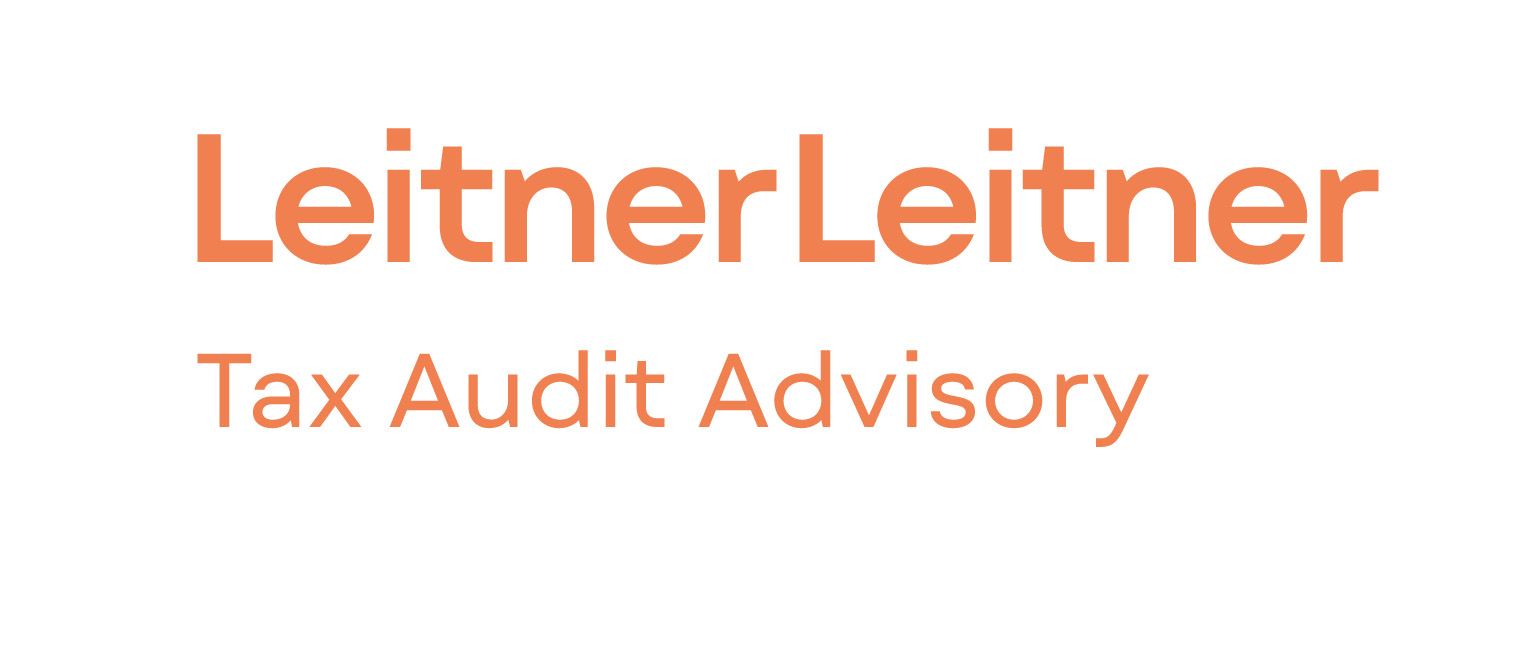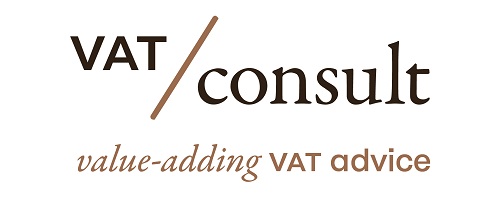- E-invoicing in the EU is essential for businesses operating globally and seeking seamless digital experiences
- E-invoicing involves streamlining the entire process from invoice creation to payment reconciliation
- Directive 2014/55/EU sets the foundation for e-invoicing in the EU, specifying requirements for electronic format, data structure, and exchange mechanisms
- European Standard EN 16931 provides a harmonised semantic data model for electronic invoices in the EU, ensuring consistency and accuracy of information
- EN 16931 utilises the Universal Business Language (UBL) format and outlines three compliance levels for different business needs
Source: eclear.com
Note that this post was (partially) written with the help of AI. It is always useful to review the original source material, and where needed to obtain (local) advice from a specialist.
Latest Posts in "European Union"
- Briefing Document & Podcast: VAT concepts ”Chain Transactions” & ”Triangulation” explained based on ECJ/CJEU cases
- Comments on ECJ C-744/23: No-Cure-No-Pay Services Are Subject to VAT
- Comments on ECJ C-234/24: VAT Refund on Tooling Not Automatically Excluded for Cross-Border Equipment Sales
- Loyalty Points Are Not Vouchers for VAT: CJEU AG Opinion in Lyko Operations Case
- EU Charter Sets Procedural Safeguards and Limits Sanctions in VAT Enforcement: Key CJEU Rulings














